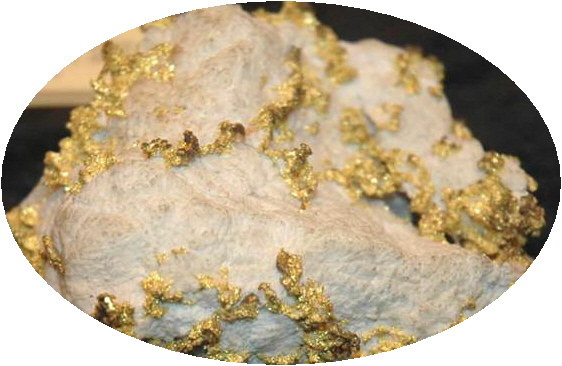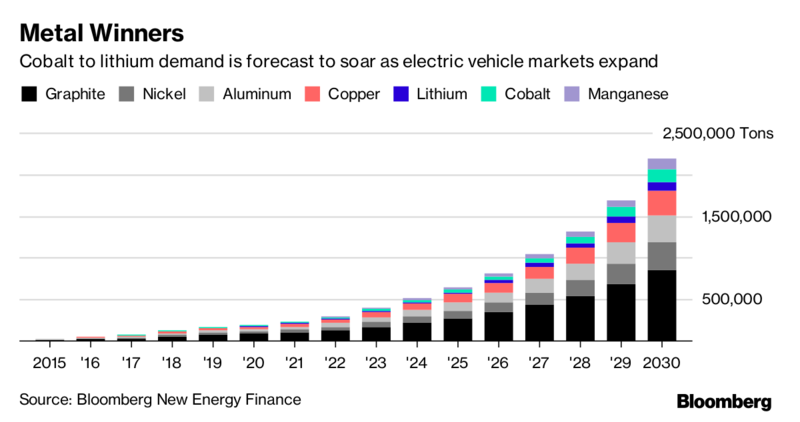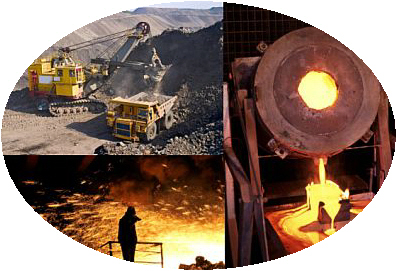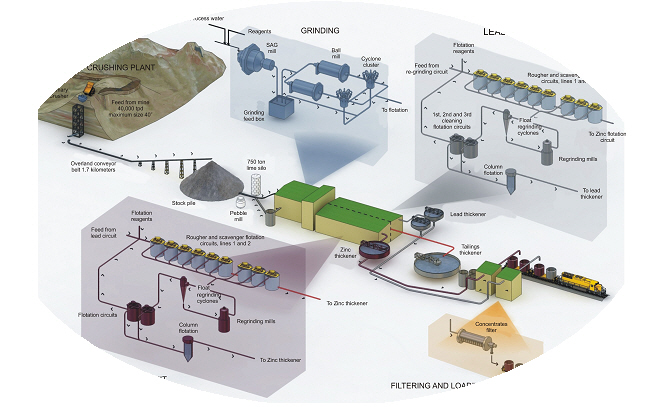|
Minerals
are critical to developing the technologies that will
propel economy, improve the quality of our lives.

The technologies that define innovation
today all depend on a growing number of minerals.
For example, in the 1980s, computer chips were
made with a palette of 12 minerals. A decade later, 16
elements were used.

Even in the information age, minerals are
used to produce telephones, computers, and televisions.
In fact, 30 different minerals are needed to make a
television or a computer and a telephone is made
from as many as 42 different minerals including
aluminum, beryllium, coal, copper, gold, iron,
limestone, silica, silver, talc, and wollastonite.
“Lithium batteries containing nickel, which helps
keep a charge over longer distances, are being installed
in electric cars from Tesla's top-of-the-line Model X to
General Motors Co modestly-priced Chevy Bolt. UBS
estimates that 15 million electric vehicles will be on
the road by 2025, lifting nickel demand by
300,000-900,000 tonnes, or by 10-40 percent of the
current market (Reuters by James Regan and Melanie
Burton).”


"Boron
plays a versatile role in our tech-driven society
from fertiliser to OLED screens. Additionally,
Neodymium magnets, in which
boron
plays a role in the formation of the crystal
structure and retaining magnetisation, are among the
strongest permanent magnets commercially available (Zhenguo
Huang, 2017)."
“According to a report presented by research firm
Wood Mackenzie, copper usage in three clean
energy sectors is expected to increase material
demand as clean energy and energy saving
technologies replace more traditional, energy-intensive
technologies. The sectors examined in the report
were renewable energy, including wind and solar;
electromobility, including electric vehicles (EVs)
and energy storage; and energy efficiency, including
electric motors, distribution transformers and air
conditioners.”



Mining
is the search for, extraction, and beneficiation and
processing of solid minerals from the earth. The kinds
of minerals extracted from the earth vary widely. For
thousands of years, these and other minerals have
provided the raw materials with which human
civilizations have been built.

The contribution that the mining
industry has made to the economic health, well being.
Mining operations are often the leading employers in the
communities where they operate (Energy
and Environmental Profile of the U.S. Mining
Industry-overview, Chapter 1 Mining Overview 2013).
Today, no mining project
is complete without carefully nurtured relations with
employees and local inhabitants, exhaustive
environmental planning and close control of all
procedures related to health and safety.
As in all
instances, progress
depends foremost upon education,
which offers no immediate fix, but it is imperative that
everything possible is done to ensure that a well
educated and safety conscious work force and a
cadre of engineers and managers capable of ensuring the
safe standards emerges
(Global
Business Reports,
Turkey
Mining 2014).
Mineral processing deals
with the variety of minerals and coal materials in a
particulates forms. It
is the process (include unit operations: comminution, sizing,
concentration and dewatering)
of separating commercially valuable minerals from
their ores.
Mineral processing operations are
generally done after beneficiation and serve to change
the concentrated mineral value into a more useful
chemical form. This is often done by using heat (e.g.,
smelting and refining) to change the chemical
composition of the mineral. Typically, beneficiation
wastes are earthen in character, whereas mineral
processing wastes are derived from melting.

Particles and
particles technologies have a profound impact on
everyday lives. It is safe to say that everyone has
dealt with particles in someway, at the same time, in
someplace in his or her everyday life. In the US alone,
the industrial output impacted by particulate systems
was almost one trillion dollars in 1993 for ten major
industries alone
(Xu, 2000).
Particle science and technology
deals with the production, characterization,
modification, handling and utilization of a wide variety
of particles in both dry and wet conditions.
|